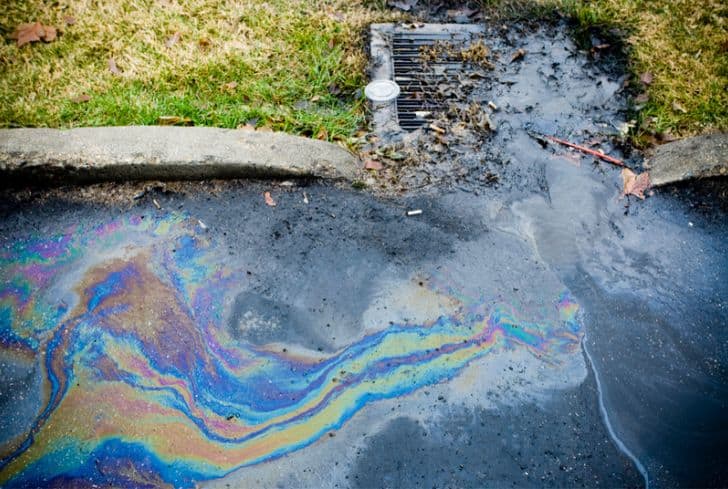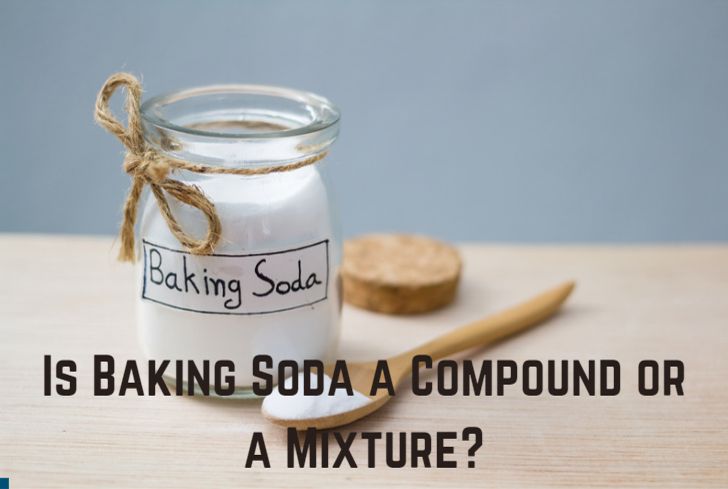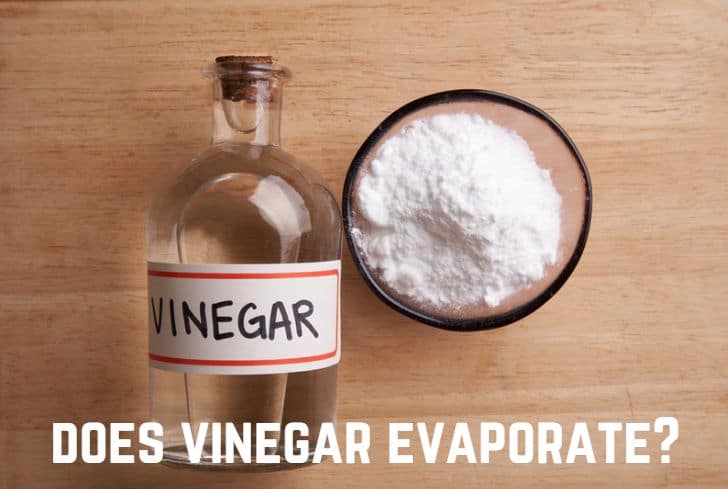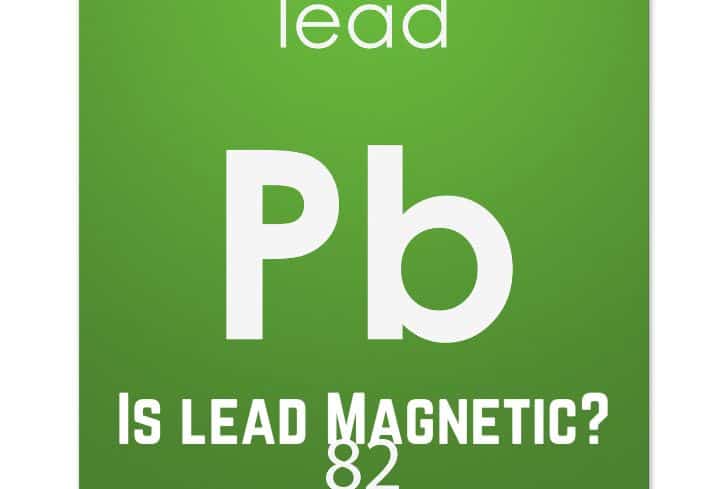Is Spray Foam Waterproof?

Spray foam is a type of insulation material that is commonly used in homes and buildings. It is made up of two chemical products, isocyanate and polyol resin, which react together and expand up to 30-60 times their liquid volume after being sprayed.
Besides thermal heating, this expansion property makes spray foam a useful packaging material that can acquire the shape of any product. Have you ever wondered if spray foam is waterproof? In this article, we are going to discuss just that.
We will talk about the types of spray foam and their water resistance properties. We will also discuss the uses of spray foam.
Is Spray Foam Insulation Waterproof?
Yes, spray foam insulation is water-resistant, and depending on its type, it can also be completely waterproof. There are two types of spray foam: open-cell and closed-cell. The former is only partially resistant to water, while the latter is completely waterproof.
First, let us first understand the difference between two commonly confused terms: waterproof and water resistant.
Waterproof means that the material is completely impervious to water. It can be fully submerged without getting damaged. For example, a waterproof raincoat may keep you dry even in heavy rain.
Water-resistant, on the other hand, means that the material can withstand some degree of exposure to water, but it is not completely impervious to it. For example, a water-resistant watch might resist some gentle splashing, but it will get damaged when fully submerged in water.
There are mainly two types of Spray polyurethane foam (SPF) insulation: light-density open-cell spray foam insulation and medium-density closed-cell spray foam insulation. Both of these are thermoset cellular plastics, made up of millions of small cells.
Open-Cell Foam
Light-density open-cell foam, also known as half-pound foam, is typically water-resistant. It is a semi-rigid, sponge-like substance that expands during installation. By creating small, open cells filled with carbon dioxide, it fills cracks and voids; it can also adhere to irregular surfaces.
Because of its lower density and an open-cell structure, this type of foam insulation is permeable to water. It may offer some level of water resistance, but it is not suitable for areas that face excessive moisture or flooding.
Closed-Cell Foam
Medium-density closed-cell foam insulation is also called two-pound foam. Because of its high density & closed-cell structure, this type of foam provides a very good level of waterproofing. This is why it is ideal for areas exposed to water: basements, crawl spaces, and exterior walls.
Closed-cell foam provides much greater thermal resistance than open-cell foam. This is typically measured in terms of R-value, and closed-cell has a value of 5.1 to 6 per inch; in contrast, open-cell foam usually has a value of 3.8 per inch.
Check out this video by Matt Risinger to see spray foam getting water tested.
How Long Does Spray Foam Last?
The lifespan of spray foam depends on various factors, such as the type of foam, the quality of installation, environmental factors, etc. However, in general, spray foam can last for up to 20 to 30 years.
When installed properly and not subjected to extreme weather conditions, closed-cell spray foam can last up to 30 years. On the other hand, open-cell spray foam has a shorter life span and typically remains effective for about 20 years.
However, if the spray foam is not installed properly, or if it faces harsh weather conditions (excessive moisture, heat, UV, etc.), then its life span can be significantly shorter.
To protect spray foam against UV, a silicone coating is usually applied. You must always get spray foam installed by a professional, ensure proper ventilation in your building, and have it regularly inspected to maximize its lifespan.
Will Spray Foam Stop a Leak?
Yes, spray foam insulation can seal leaks and prevent water intrusion. However, this will depend on the type of spray foam used, the location of the leak, and its severity. Spray foam is commonly used to repair roofs and inhibit leaking.
For repairing roofs, the usual process is to remove any saturated areas, replace them with similar materials, and then spray foam over the entire roof. Before proceeding, you need to have a dry, clean, and sound roof, so that the spray foam can cure properly and work effectively.
Because of its fluid nature, spray foam closes any tiny holes and cracks on your roof; otherwise, these can be responsible for water seeping into your roof structure and then into your home. Moreover, spray foam can be applied to any existing substrate.
Spray foam is extensively used in South Asian countries like Thailand. In these areas, the tropical heat causes the steel structure supporting the roof to regularly expand and contract. This continuous displacement creates small openings in the tiles and the substructure.
Through these openings, rainwater can seep in and damage various parts of the building (plastered ceiling, electrical wires, etc.). Therefore, spray foam is applied against the bottom of roof tiles using a high-pressure spray gun.
This spray foam creates a hard (but not rigid, as its fluid nature can cover irregularities) layer of protection, which seals all the tiles and the roof structure together.
Will Spray Foam Stick to Metal?
Yes, spray foam can stick on metal. It can be applied directly on a wide range of surfaces, such as metal, wood, concrete, etc. However, the specific type of spray foam and the installation can affect its adhesion and performance.
The same goes for metal surfaces. People often wonder if spray foam can be applied to a metal roof, and the answer is yes. Spray foam offers 100% chemical adhesion across metal roofs. It will close any leaks in your metal roofs, ensuring that there is no seepage.
Moreover, it will also improve the R-value (the thermal resistance of your house), which will lead to energy efficiency and reduced costs. Before applying spray foam on any surface, it’s important to clean it. Most professionals will power wash your metal roof.
However, one problem with metal roofs is that, unlike other surfaces, they might have rust. In order to fix this, professionals typically use a rust inhibitor primer, which stops the oxidation process in rusting metals.
This stops the rusting process on the roof and increases its overall lifespan. If there are large holes on the roof, then they are corrected using metal pieces, and on top of them, the spray foam is applied
Where Should You Not Use Spray Foam?
Although spray foam is an excellent way of insulating your houses, it is not suitable for many applications. You should use spray foam in the following cases:
- Around electrical boxes & heating applications: You should not use spray foam near electrical boxes as the expanding foam can get into the box and cause electrical issues. The foam is also inflammable (especially during curing) and cause can fire hazard. Therefore, it should not be used around electrical or heating appliances.
- Don’t use the wrong type of foam: Spray foams come in mainly two types (open-cell and closed-cell), and you need to ensure that you are using the right type. For indoor applications, it is usually advisable to use open-cell foam as it expands quickly.
- Unventilated Areas: In unventilated areas, spray foam can sometimes trap moisture, which can cause mold growth & structural damage over time. In such cases, it is important to properly vent the area before reapplying spray foam.
Some people may be sensitive to the volatile organic compounds (VOCs) released by spray foam. This can cause breathing and skin-related issues. You need to wear a proper mask while installing the foam. For some people, it might be best to go for alternative options for filling gaps.
Can You Paint Over Spray Foam?
Yes, you can paint directly over spray foam. However, you must ensure that the spray foam has cured completely and become dry. Moreover, some paints may be better suited to be applied on spray foam.
After applying the spray foam, you should wait for at least 24 hours to let it dry completely. Otherwise, your painting can damage the adhesion and overall effectiveness of the foam. After letting the foam cure, you should begin by sanding down the foam to make its surface even.
While you can use a brush or roller, it’s much better to use spray paint over the foam. It makes the process much quicker and is also gentler on the spray foam.
Various Uses of Spray Foam
These are the uses of spray foam:
- Spray foam provides thermal insulation in homes. It improves energy efficiency and reduces costs.
- By closing gaps in structures (say roofs), spray foam stops water leakage. Moreover, it also prevents moisture, which can cause harmful mold, mildew, and the rotting of wood.
- Spray foam also helps to reduce noise by serving as a barrier to airborne sounds.
- It is widely used in packaging as its expansion property allows it to take the shape of the product and protect it.
Conclusion
In this article, we have discussed whether spray foam is waterproof or not. All spray foam is resistant to water, but if you are looking for a completely waterproof option, go for closed-cell spray foams. We talked about the types of spray foams and their properties (such as water resistance, thermal resistance, etc.). We also discussed the various uses of spray foam.






